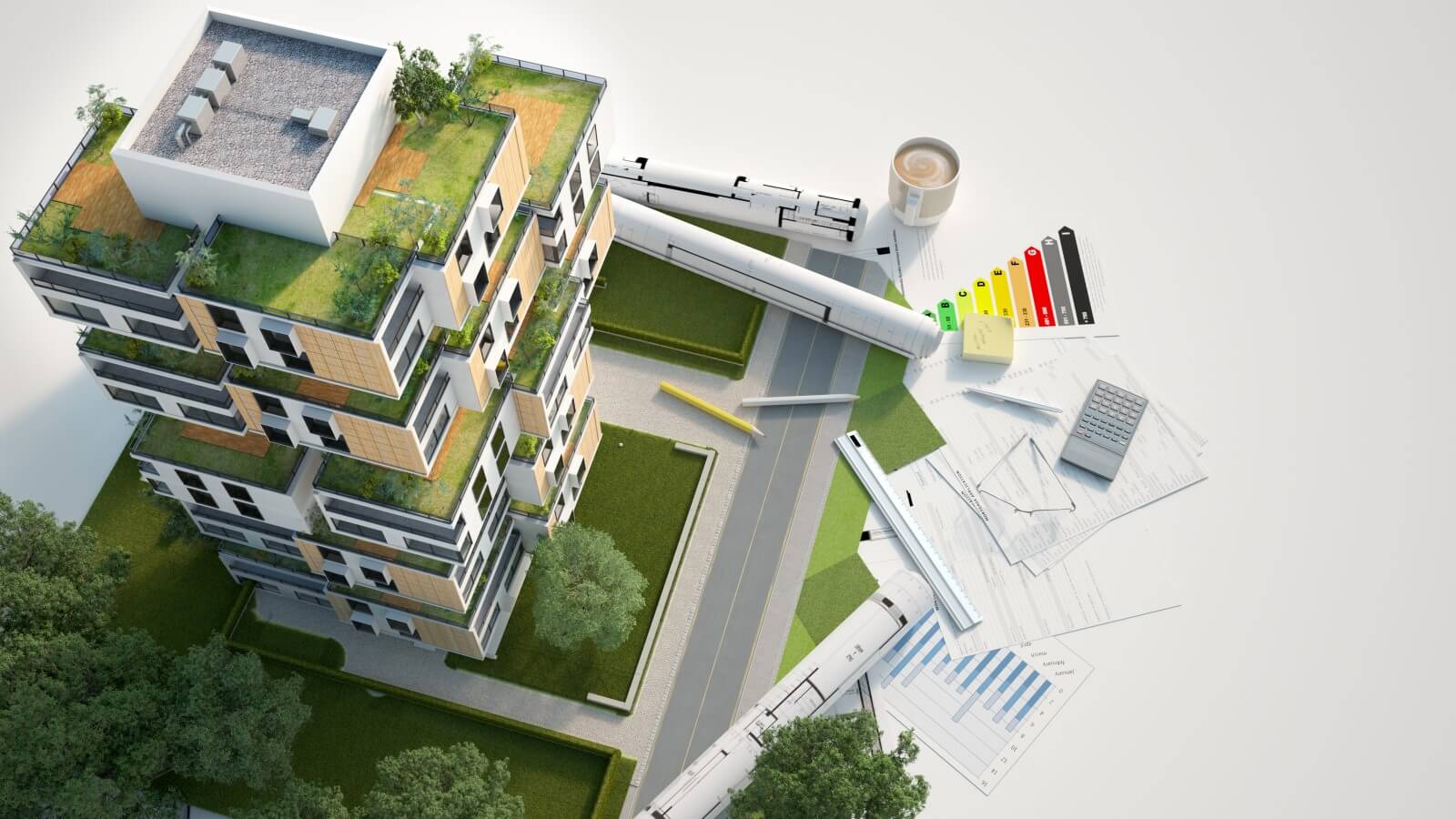Managing Environmental Hazards: Owner & Manager Guide

Maintaining a safe and healthy living environment in apartment buildings requires proactive management of environmental hazards. Issues such as asbestos, lead paint, mold, and
methamphetamine contamination can pose serious health risks to residents and financial liabilities for property owners. Understanding these hazards, how to identify them, and the best practices for remediation can help minimize risks while complying with regulations and reducing revenue loss.
ASBESTOS ABATEMENT:
Asbestos was used for many years in building materials such as insulation, drywall texture, and flooring. Exposure to asbestos fibers can cause respiratory illnesses, including lung cancer and mesothelioma and is heavily regulated by the EPA and CDPHE.
- REMEDIATION: Property owners should conduct asbestos inspections prior to any
planned or unplanned renovations or demolition. This must be performed by certified asbestos inspectors. Once asbestos has been identified, it must be removed by certified
and licensed asbestos abatement teams. These professionals use specialized equipment, containment barriers, HEPA filtration and specialized techniques to safely remove or encapsulate the material. Encapsulation (sealing asbestos in place) can be a cost-effective alternative to removal. - MINIMIZING IMPACT: Work should be scheduled during low-occupancy periods to reduce resident exposure. Establishing clear communication with tenants about project timelines and safety measures is essential.
LEAD PAINT REMEDIATION:
Lead-based paint was commonly used before 1978 and can be hazardous particularly to children.
- REMEDIATION: Testing is performed using X-ray fluorescence devices or laboratory analysis of paint samples. Lead-safe work practices include containment, HEPA vacuuming, and negative air machines to prevent dust dispersion. Full abatement involves either removing lead-painted surfaces or encapsulating them with coatings.
- MINIMIZING IMPACT: Residents should be temporarily relocated from affected units if
significant lead removal is required. If minor repairs are needed, sealing off work areas and using negative air pressure systems can reduce contamination.
MOLD REMEDIATION:
Mold growth is often the result of moisture problems, such as leaks or poor ventilation. Mold can cause respiratory issues and allergic reactions, making timely intervention critical.
- REMEDIATION: Moisture, air and swab sampling are all methods used in identifying potential mold growth. Remediation often involves removal of affected materials, drying the structural components, and treating and/or encapsulating affected areas with antimicrobial solutions. Remediation is done in containment in conjunction with HEPA filtration and adequate PPE.
- MINIMIZING IMPACT: Small areas can often be remediated with residents in place by utilizing containment barriers and air filtration machines. Large infestations likely require temporary relocation of residents.
METHAMPHETAMINE DECONTAMINATION:
Production or usage of illicit drugs such as methamphetamine or fentanyl can leave hazardous chemical residues that pose health risks.
- REMEDIATION: Certified inspectors test for contamination using surface swabs which are laboratory analyzed. Decontamination involves thorough cleaning, HVAC system purification, and sometimes complete replacement of porous materials.
- MINIMIZING IMPACT: Since methamphetamine contamination can be a serious health hazard, affected units often require temporary closure. Coordinating decontamination with resident turnover can help reduce revenue loss.
BEST PRACTICES FOR EFFICIENT AND SAFE REMEDIATION
- Regular Inspections & Testing: Routine environmental assessments help identify potential hazards before they become costly problems.
- Work with Certified Professionals: Hiring licensed abatement and remediation specialists ensures compliance with local and federal regulations.
- Effective Communication: Keeping residents and managers informed about remediation efforts reduces concerns and improves cooperation.
- Strategic Scheduling: Aligning remediation projects with lease renewals or vacancies minimizes disruption and revenue impact.
By proactively managing these environmental issues, owners and managers can protect both their residents' health and their property investments. Taking a strategic and informed approach to remediation ensures compliance, minimizes risks, and maintains tenant satisfaction.
